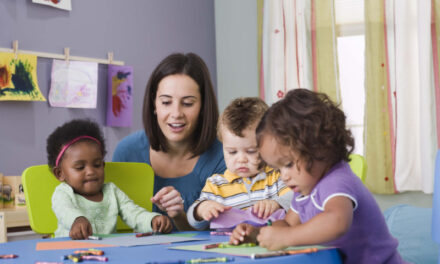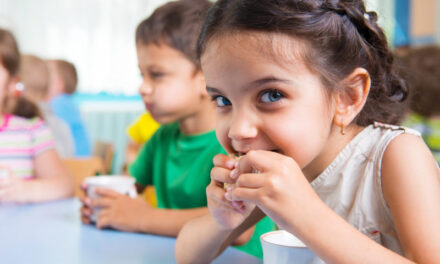The 2019 Kids Count Data Book shows that U.S. children overall are faring the same as or better than they were in 2010 on 15 of 16 indicators of child well-being. The indicators measured include:
Economic Well-Being
- Children in poverty: 18% in 2017, compared to 22% in 2010
- Children whose parents lack secure employment: 27% in 2017, compared to 33% in 2010
- Children in households with a high housing cost burden: 31% in 2017, compared to 41% in 2010
- Teens not in school and not working: 7% in 2017, compared to 9% in 2010
Education
- Children ages 3 and 4 not in school: 52% in 2015-17 and 2009-11
- Fourth graders not proficient in reading: 65% in 2017, compared to 68% in 2009
- Eighth graders not proficient in math: 67% in 2017 and 2009
- High schoolers not graduating on time: 15% in 2016-17, compared to 21% in 2010-11
Health
- Low birth-weight babies: 8.3% in 2017, compared to 8.1% in 2010
- Children without health insurance: 5% in 2017, compared to 8% in 2010
- Child and teen deaths per 100,000: 26 in 2017 and 2010
- Teens who abuse alcohol and drugs: 4% in 2016-17 and 5% in 2015-16
Family and Community
- Children in single-parent families: 34% in 2017 and 2010
- Children in families whose head of household lacks a high school diploma: 13% in 2017, compared to 15% in 2010
- Children living in high-poverty areas: 12% in 2013-17, compared to 13% in 2008-12
- Teen births per 1,000: 19 in 2017, compared to 34 in 2010
Although the trends were positive or stable for all indicators except low birth-weight babies, a deeper dig into the data shows areas of concern. Although progress is being made, percentages of children in poverty or in potentially insecure housing situations remain distressing, as do the percentages of children not achieving proficiency in reading and math.
In addition, breakdowns by race and by state reveal where some children are not enjoying the progress being made. State rankings of how well their children are doing on the 16 indicators show that southern states tend to be behind other states overall. Poverty rates varied a great deal by state and by race, with 58% of children in Puerto Rico living in poverty (compared to 10% of children in New Hampshire, the state with the lowest child poverty rate) and 33% of Black and American Indian children living in poverty (compared to 11% of White and Asian/Pacific Islander children). The Data Book includes details on how children of different groups are doing on the various indicators, and an interactive version allows readers to view breakdowns by state.
The report also includes information on how the child population in the United States is changing, and the report authors stress the importance of accurately counting the number of children in the country in the 2020 census.
Source: Annie E. Casey Foundation. (2019). KIDS COUNT Data Book. Baltimore, MD: Author.










